当前位置:网站首页>Solutions to cross domain problems
Solutions to cross domain problems
2022-07-07 12:20:00 【YXXYX】
introduction
Cross domain problems are usually encountered in projects with front end and back end separation , Cross domain arises because browsers are set up for security The same-origin policy , Only agreement (http/https)、 domain name (www.test.com)、 port (8080/8081…) When the three are the same, cross domain problems will not occur ;
This also explains why there are cross domain problems in projects with front-end and back-end separation , For example, we develop on the same server , Front-end url by :http://127.0.0.1:3000, And the back end url by :http://127.0.0.1:8080, Both ports are different. If you visit each other, cross domain problems will certainly occur ;
Pictured :

front end http://localhost:3000 Send a request back :http://localhost:8080/api/user/search/tags, But because the port number is different , So the request failed , The error message also shows cross domain policy blocking :has been blocked by CORS policy: No 'Access-Control-Allow-Origin' header is present on the requested resource.
Now let's share my solutions to cross domain problems ;
resolvent
Here are several ways to solve the above case ;
WebMvcConfig Configuration class cross domain configuration
Cross domain requests can be implemented through custom configuration classes , The specific configuration is as follows :
@Configuration
public class WebMvcConfig implements WebMvcConfigurer {
@Override
public void addCorsMappings(CorsRegistry registry) {
// Set the allowed cross domain paths
registry.addMapping("/**")
// Set the domain name that allows cross domain requests
// When Credentials The certificate is true when ,Origin It can't be an asterisk , It needs to be specific ip Address ( If the interface doesn't have cookie,ip You don't need to be specific ip)
.allowedOrigins("http://localhost:3000")
// Whether to allow certificates No longer default on
.allowCredentials(true)
// Set allowed methods
.allowedMethods("*")
// Cross domain allow time
.maxAge(3600);
}
}
The front end requests from the back end :
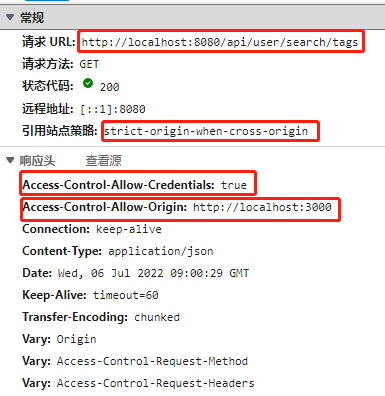
You can see that the request succeeded , And cross domain allowed url The front-end domain name configured for :http://localhost:3000
annotation @CrossOrigin Achieve cross-domain
This method is much simpler than the above method , Directly on the back end Controller Add this annotation to the class , By default, all cross domain requests are allowed , But it's better to indicate the requested domain name :
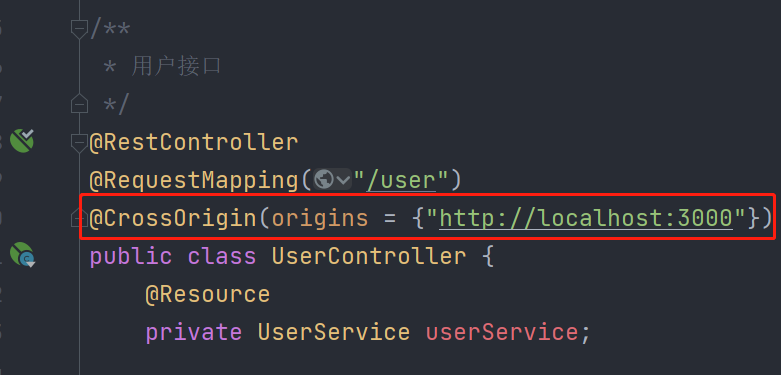
This also enables cross domain access , It's simpler than configuration , But there are drawbacks , The last one says ;
The result is not to show , Same as before ;
GateWay Gateway configuration
The gateway configuration is generally a separate gateway module in the microservice project , Because all requests in microservices must be filtered through the gateway , So the first request is to go to the gateway , We can configure cross domain in the gateway service :
In the gateway module application.yml Configure cross domain in the configuration file :
# Cross domain configuration :
spring:
cloud:
gateway:
globalcors: # Global cross domain processing
add-to-simple-url-handler-mapping: true # solve options The request is blocked
corsConfigurations:
'[/**]': # Set which requests to block ,/** Means to intercept all requests
allowedOrigins: # Allow cross domain requests for which websites
- "http://localhost:3000"
allowedMethods: # Allowed cross domain ajax Request method of
- "GET"
- "POST"
- "DELETE"
- "PUT"
- "OPTIONS"
allowedHeaders: "*" # Header information allowed to be carried in the request
allowCredentials: true # Is it allowed to carry cookie
maxAge: 360000 # The validity period of this cross domain detection
We can also customize the configuration file configuration :
/** * Cross domain unified configuration */
@Configuration
public class CorsConfig {
// To deal with cross domain
@Bean
public CorsWebFilter corsFilter() {
CorsConfiguration config = new CorsConfiguration();
// Allowed request header
config.addAllowedMethod("*");
// Allowed request sources ( Such as :http://localhost:8080)
config.addAllowedOrigin("http://localhost:3000");
// The allowed request method ==> GET, HEAD, POST, PUT, PATCH, DELETE, OPTIONS, TRACE
config.addAllowedHeader("*");
// URL mapping ( Such as : /admin/**)
UrlBasedCorsConfigurationSource source = new UrlBasedCorsConfigurationSource(new PathPatternParser());
source.registerCorsConfiguration("/**", config);
return new CorsWebFilter(source);
}
}
Both of these methods can realize the cross domain configuration of the gateway ;
summary
In general, three methods to solve cross domain problems are introduced , So how to choose actually ?
@CrossOrigin annotation : This method is suitable for individual projects , More flexible , Implement a simple ; every last Controller Cross domain allowed by interface url All very clear. , however Controller It's troublesome when there are many interfaces ;
WebMvcConfig Configuration class : This method is suitable for individual projects , And if you feel in every Controller Add @CrossOrigin If annotation is troublesome , You can use this method ;
GateWay Gateway configuration : This method is suitable for microservice projects , And the two methods I share are still relatively recommended to use the first method , Directly in application.yml File configuration ;
One thing to note : If the gateway is configured with cross domain , then Don't Configure cross domain elsewhere , For example, in Controller add @CrossOrigin annotation , If you cross domains like this, it is equivalent to no configuration , It will fail ;
边栏推荐
- MATLAB實現Huffman編碼譯碼含GUI界面
- <No. 9> 1805. Number of different integers in the string (simple)
- Let digital manage inventory
- 2022年在启牛开华泰的账户安全吗?
- 《通信软件开发与应用》课程结业报告
- When OSPF specifies that the connection type is P2P, it enables devices on both ends that are not in the same subnet to Ping each other
- 数据库系统原理与应用教程(007)—— 数据库相关概念
- Tsinghua Yaoban programmers, online marriage was scolded?
- 30. Feed shot named entity recognition with self describing networks reading notes
- Stm32f1 and stm32subeide programming example -max7219 drives 8-bit 7-segment nixie tube (based on SPI)
猜你喜欢

Inverted index of ES underlying principle

Completion report of communication software development and Application

Xiaohongshu microservice framework and governance and other cloud native business architecture evolution cases

VSCode的学习使用
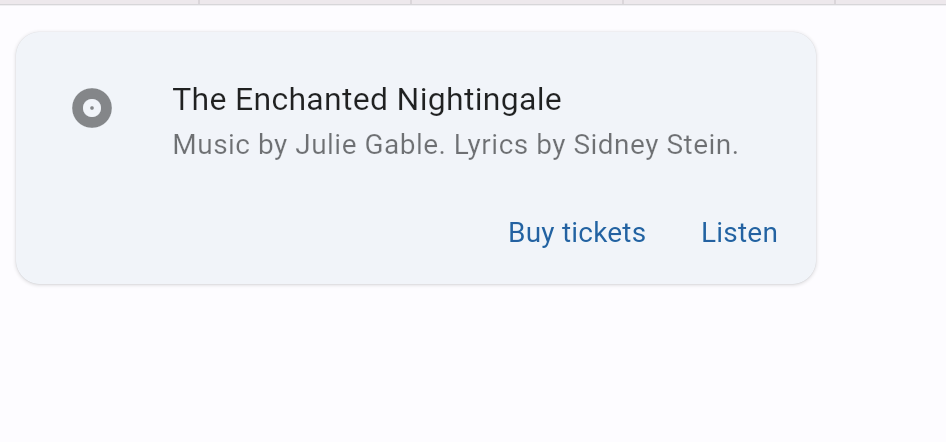
Flet tutorial 17 basic introduction to card components (tutorial includes source code)

Camera calibration (1): basic principles of monocular camera calibration and Zhang Zhengyou calibration
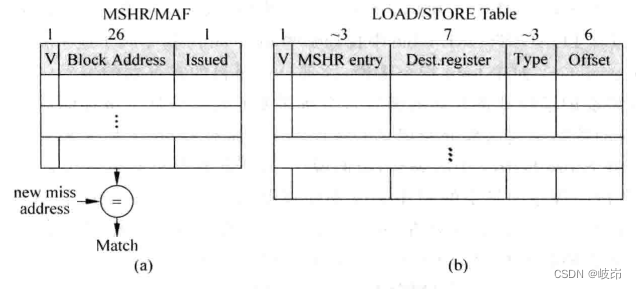
Superscalar processor design yaoyongbin Chapter 9 instruction execution excerpt
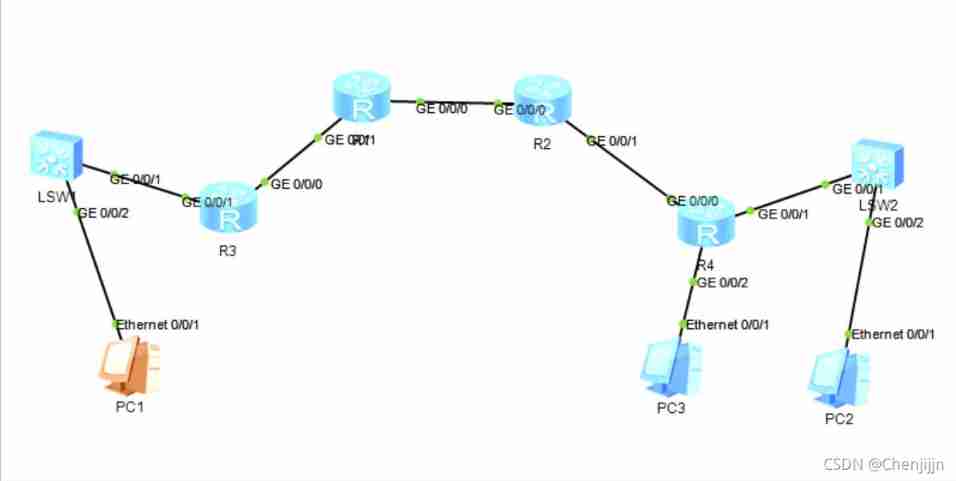
ENSP MPLS layer 3 dedicated line
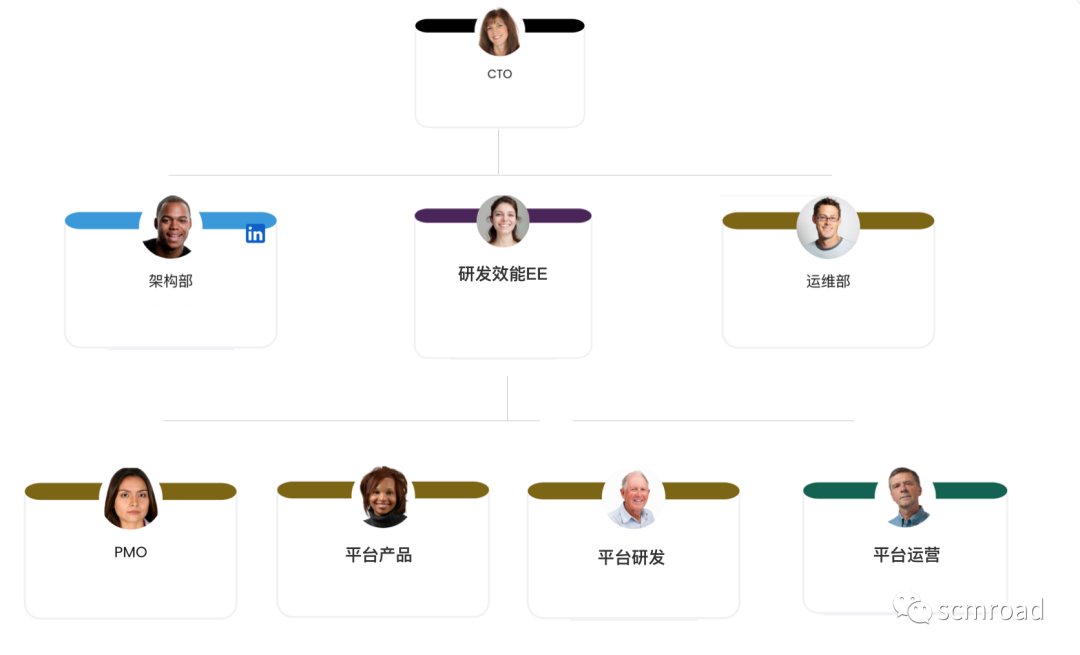
La voie du succès de la R & D des entreprises Internet à l’échelle des milliers de personnes
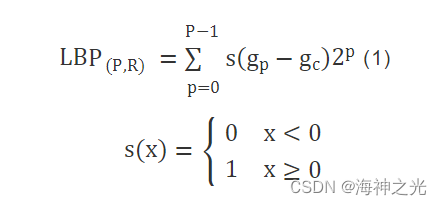
【纹理特征提取】基于matlab局部二值模式LBP图像纹理特征提取【含Matlab源码 1931期】
随机推荐
UP Meta—Web3.0世界创新型元宇宙金融协议
30. Feed shot named entity recognition with self describing networks reading notes
Tutorial on principles and applications of database system (007) -- related concepts of database
Complete collection of common error handling in MySQL installation
110. Network security penetration test - [privilege promotion 8] - [windows sqlserver xp_cmdshell stored procedure authorization]
An error occurred when vscade tried to create a file in the target directory: access denied [resolved]
数据库系统原理与应用教程(008)—— 数据库相关概念练习题
Flet教程之 16 Tabs 选项卡控件 基础入门(教程含源码)
Swiftui tutorial how to realize automatic scrolling function in 2 seconds
如何理解服装产业链及供应链
Fleet tutorial 14 basic introduction to listtile (tutorial includes source code)
ES底层原理之倒排索引
Fleet tutorial 19 introduction to verticaldivider separator component Foundation (tutorial includes source code)
Flet教程之 14 ListTile 基础入门(教程含源码)
Sign up now | oar hacker marathon phase III midsummer debut, waiting for you to challenge
2022 8th "certification Cup" China University risk management and control ability challenge
Detailed explanation of debezium architecture of debezium synchronization
什么是局域网域名?如何解析?
Unity中SmoothStep介绍和应用: 溶解特效优化
Problem: the string and characters are typed successively, and the results conflict